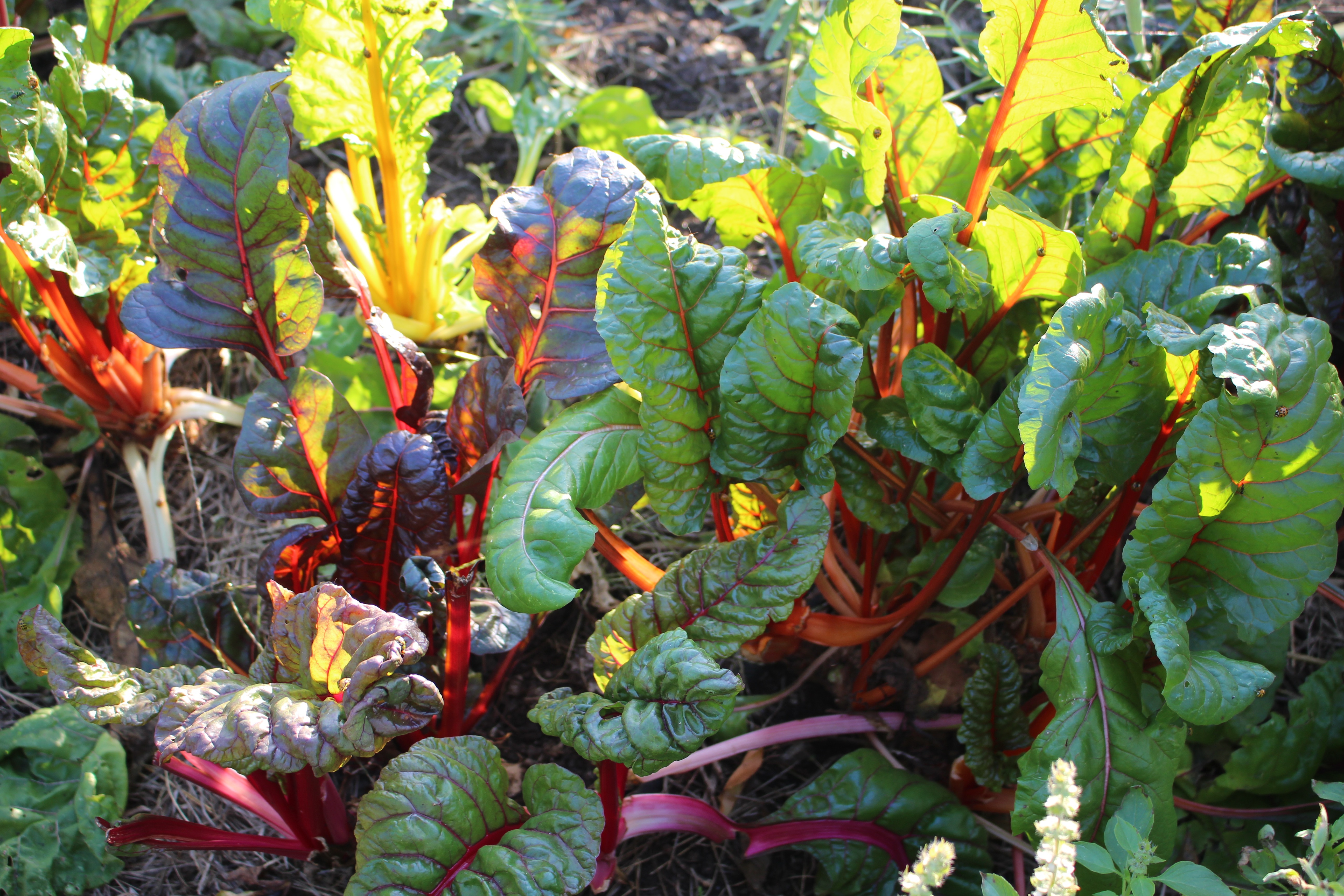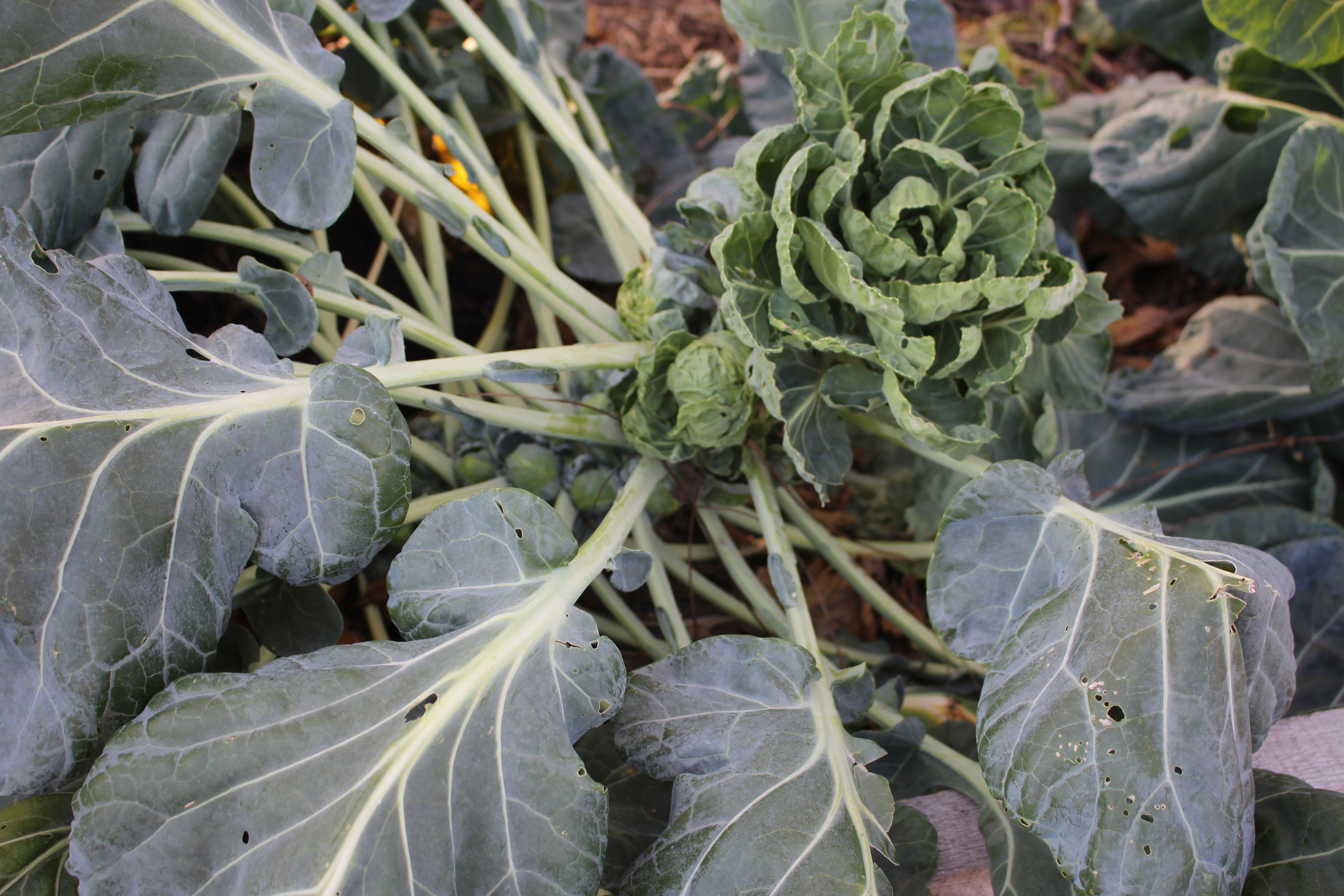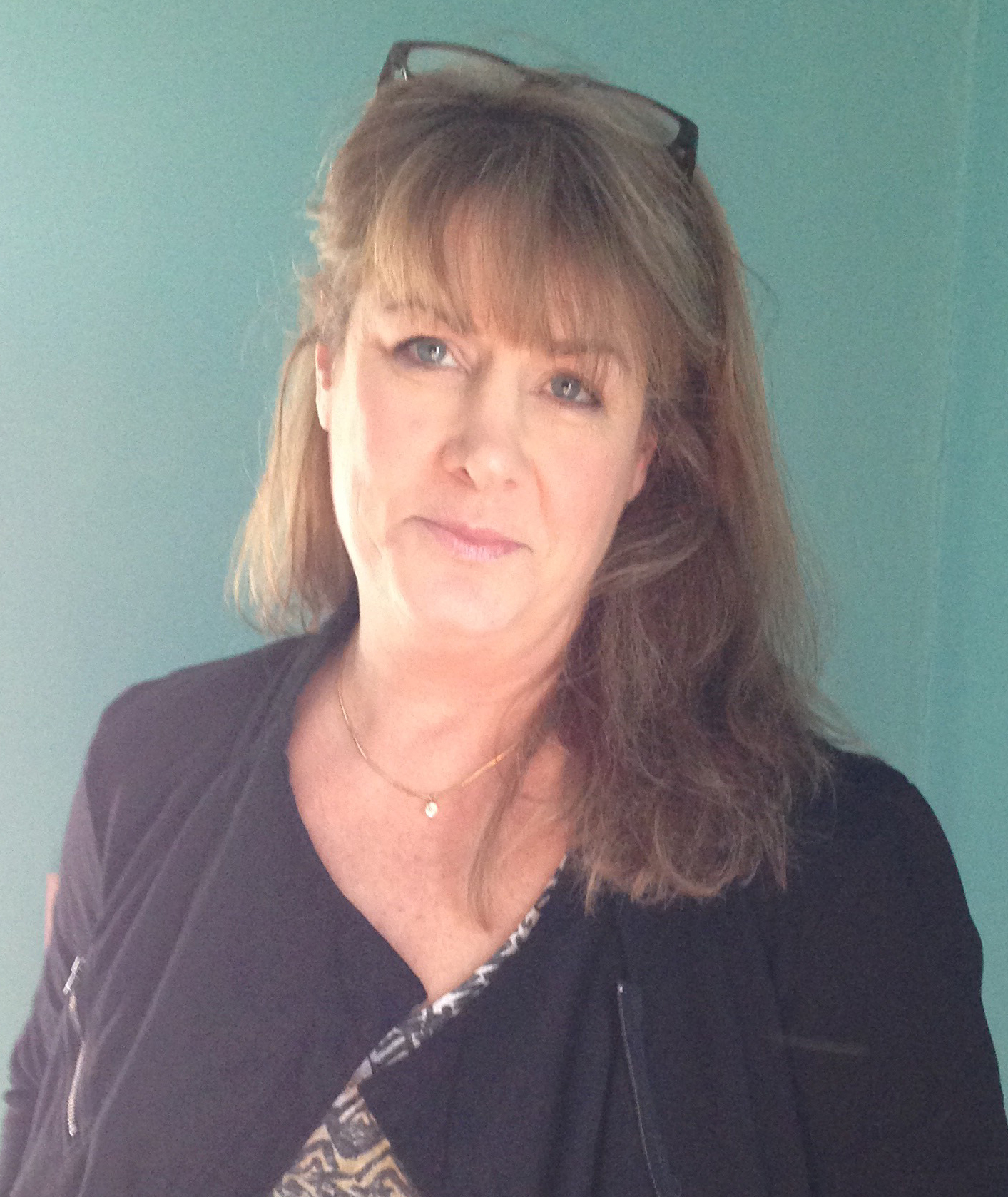Wisconsin, St. Croix County, New Richmond. A town made up of a diverse group of locals with roots up to 100 years old, and mud-ducks, i.e.: transplants. This town has gems of good business, as well as plenty of upstanding community members keeping balls in the air to maintain a vibrant community. The town was small enough to have only one coffee shop, and—a few years ago—this shop had to abruptly move to an obscure location due to landlord issues. A friend made an energetic announcement during a party that my husband and I should start a new coffee shop in town. This suggestion immediately piqued my interest and, having an entrepreneurial spirit, I started a business plan the very next day.
I knew that in this small town I didn’t want to step on any toes by replicating what others were already doing, so we wrote the business plan for a simple sandwich/coffee shop. Once I felt we had the plan in order, we set out to find a location. While looking into spaces, we quickly realized there was no way we were going to be able to afford leasehold expenses in a raw space, but I persisted in talking to people about this project anyway. I talked to local community members, all of whom suggested we not take on this venture, since too many restaurants had failed in recent history. Still, one of the gentlemen I consulted suggested I take the concept to a local community “what’s happening” meeting. I presented the idea there, and after the meeting was over, one of the attendees asked us to meet him at a location that he owned the next day. He said he had listened to my talk and thought his space (which was housing a pizza place that was on the verge of closing) would be perfect for our concept.
We saw that this space had leasehold improvements already in place, including flooring, wallpaper, restrooms, plumbing, and electrical. We saw that we could pull this off if we were willing to pay a higher rent, rather than coming up with thousands of dollars to start from scratch. We dove in headfirst.
I was raised to be a coordinator, organizer, and host. I have always been most comfortable at parties and events when I was working rather than mingling. My parents hosted large well-planned-out parties and events that included their delicious, homemade food. My dad had deep farming roots that stemmed from a family history of growing food to survive. He cultivated an acre garden that was on a lot well-hidden behind a collection of small suburban homes. People would be peacefully taken away by his tours of the space, which featured carefully thought-out rows of Tomatoes reaching out of their wire supports and cucumbers hanging from their climbing vines.
“Here, try that,” Dad would say, handing me a spiny crunchy cucumber and a salt shaker. Dad always had a salt shaker in his pocket late summer when the produce started revealing itself. I think of my dad as one of the originators of Community-Supported Agriculture (CSA). But Dad did not take money for his hard work. Instead, he would build garden baskets to share with neighbors, friends and members of the church. He would be busy every night year-round planning and working on his garden or prepping the food to be stored in our Fruit Cellar.
Once a year, my dad put on the “Super Bowl Sunday” Sunday luncheon at Church. Every year he would laugh and share how he had the most attendees of all the Sunday luncheons because early in the morning, after he put his huge beef roasts into the ovens, he would go around and open all the vents in the church to get the aroma of the roasts moving around the church to tantalize everyone and encourage them to stay for the amazing lunch.
Within the first three months of starting Table 65, the most random things seemed just to fall into place—stuff that my father-in-law or dad might have hunted down for me, if they had still been walking the earth. I took great comfort in believing they were having a little fun doing sourcing for the restaurant. In conversation, I might say: “I need a cook…” and the person with me would say “I know where to find one,” and poof, I had a great cook. Then I’d say “I need a meat slicer,” and the person in front of me would say, “Go to this location right now and they will sell you a meat slicer for $400.”
There were other acts of kindness and compassion that really gave us a shove forward. For instance, our coffee vendor introduced me to the owner of a patisserie who was hoping to sell a beautiful red espresso machine. They said: “Give us a thousand down and send us a couple hundred a month.” No application, no drivers license, no credit check. Just “Send us the money.” The same thing happened with our gelato machine—the guy shipped it to me without asking for anything but a couple hundred a month. Our restaurant just unfolded like that: with most everything falling magically into place.
I had learned early on from my Dad that food was meant to be shared. He taught me that the dining experience was something to be relished and enjoyed with family and friends, so there was something really natural about me starting this venture. We developed our menu to have a global perspective, which naturally brought variety. I believed that, to be successful in a small town, we would need to appeal to a variety of tastes. As time has moved on, we realized there are defined fractures within the population. Then, as we moved through time, we realized there were fractures within families about who wanted a burger and who wanted a fresh torn salad or sautéed veggies with no gluten. We went back on our initial determination never to have a burger on the menu—but we did it with our neighbor’s fresh ground beef. That made a delicious burger fit naturally into our global perspective.
During our first year we quickly connected with Bill and Helen, who had started our local area farmers market years before. Much like my Dad in size and stature, Bill also had a huge garden a lot away from his home. Walking into his garage was a little like coming home. I’d spy bushels of tomatoes, stacks of squash and cucumbers, and just feel giddy! Anyway, we started running over to his garden to get tomatoes but much as with the department store, you go in for one thing and come out with so much more. I was excited to bring these offerings in through the front door of the restaurant, opening my bags for guests to see and smell. The prospect of bringing fresh produce into the restaurant year-round was a big part of what continued to thrill me with our little bistro.
We also initiated a relationship with our local hydroponic greenhouse for their amazing basil. We could go to their greenhouse in the most inclement weather to get that pound of basil. They used Tilapia—an often-farm-raised fresh-water fish—as an integral component to their set-up and the circulation of water. They had huge, huge, blue hard-walled plastic containers filled with burbling oxygenated water and a ton of Tilapia. After tasting their fish, frozen Tilapia tasted muddy, almost grimy, and believing they were probably not raised under the best of circumstances made it impossible for us to serve anything except the local operation’s toxin-free fresh fish. Eventually, I came to hate every blackened tilapia we served that hadn’t come from our hydroponic grower. We eventually just took it off the menu.

Photo by Ricardo Hernandez
Nowadays, through the heat of summer and fall, our long- standing produce relationship is with Mike and Jody Lenz (of Threshing Table Farm) and family. For the first few years, our kitchen scraps went to their piggies. It was fun, it was adventurous, it was playful and it was cute. Working with Mike and Jody is where the fun really starts, because I can walk over or call and ask what they’re growing that’s is in abundance, and that’s what we end up showcasing.
How do you say “no” to bags of fresh picked tall, just-right asparagus being offered by a guy who is just as excited to hand them over to me as I am to receive them? He says “Pay me market price,” and I say “You bet! Yay!” Then, on another day, when another of my suppliers—Phil of Star Prairie Berries—knocks on my back door and gives the restaurant a couple of flats of fresh-picked lettuce, I cried. I just cried about this amazing gift we had just received, and about how luxurious Phil’s lettuce was.
We decided we wanted to connect with people more, so Name Droppers was born. We knew that in our small town there were many hardworking, dedicated, people who volunteered their time, money and energy for the greater good of the community, and the world. It occurred to us that we could raise funds for the town’s various causes and build awareness of the groups supporting them. While this would support and recognize the hard work of others, we saw that this could also be a great way for us to get the restaurant name in front of the town, and get people in through the door.
The first few years we designated a week, created a table card with a specific non-profit biography and the name of their leaders, and gave our patrons the opportunity to ‘namedrop’. We’d ask the guest to say they were there for, say, Katy and the Gap Fund, and we would then give ten percent of the ticket to the non-profit whose name the diner had dropped. Our goal was as much to build awareness of these groups and their activities as it was to raise money.
This year, we’ve tried something new. We had eight groups ask to participate, and each has created a poster for our easel, table tents & cards to define who they are and what they’ve accomplished during the year. We’ve also created a donation form that allows us to charge the donation to the patron’s card, and then hand the form over to the group.
This has been very successful. Our waitstaff has been excited for each cause, and has asked diners to consider contributing. Most staff have even gone so far as to learn a 15-second “elevator speech,” detailing the work of the group.
As time moves on, we are excited to do more for this community. It has
given us the opportunity to share what has been shared within my family
for years—fresh beautiful food—while spreading love and support for
the place we call home.

Photo by Ricardo Hernandez


